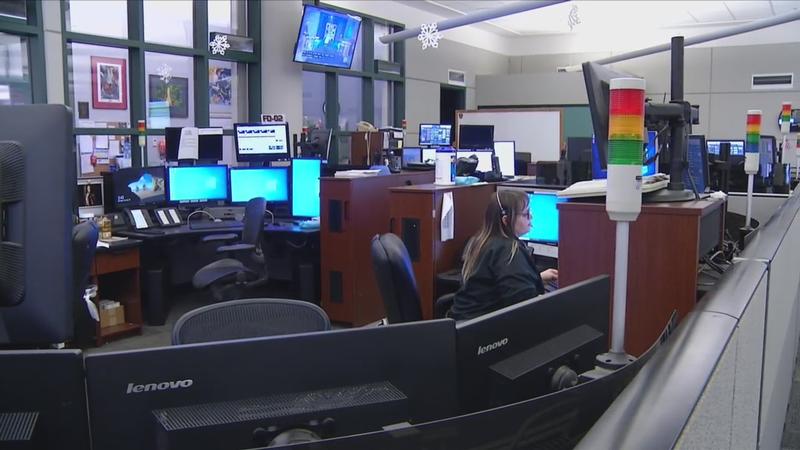Some 911 calls to be diverted to new nurse navigator program
[anvplayer video=”5082568″ station=”998131″]
ROCHESTER, N.Y. (WHEC) — If you call 911 in Monroe County you may not get an ambulance. The City of Rochester, Monroe County and AMR have launched a Nurse Navigator program. Certain non-life-threatening injuries or illnesses may now be routed to a licensed nurse.
For months, News10NBC has been reporting on overcrowded and overburdened emergency rooms in and around Monroe County which has had a cascading effect on ambulance companies. The hope is this program will ease the burden on all emergency services.
“The whole goal of course, is to provide the right care to the right patient at the right time,” explains Monroe County’s EMS Medical Director Dr. Jeremy Cushman, “people are calling 911 for things as simple as a sore throat, an ear-ache, dental pain… maybe even a sore ankle.”
Those are the folks this program is hoping to reach.
If you call 911 for what you believe is a life or death situation, of course, you will get an ambulance but if not, the dispatcher will go through a set of questions and instead of sending an ambulance, he or she may instead connect you directly with a licensed nurse.

[News10NBC]
“We get about 400 EMS calls a day,” 911 Director Michael Cerretto said, “We figure that about 24-30 of these calls we’ll be able to triage with the nurse navigator program.”
The nurse will assess the caller’s symptoms and facilitate the most appropriate medical care which could be a virtual visit with an emergency physician or nurse, instructions on self-care, or transport to a local healthcare provider, including clinics, urgent care centers, or if needed, a hospital emergency department.
The nurses are based at a call center elsewhere but connected to local resources and doctors with whom they can set appointments, either virtually or in person.
“they can actually arrange for transportation and have that person be brought to for example, an urgent dental care or an urgent care or another source of health care,” Dr. Cushman explained.
Jennifer Lewke (News10NBC) – What other cities are doing this and what are the outcomes that they have seen?
Dr. Cushman – There’s a number of cities that have it, the largest of which is Washington DC which has been doing it for a number of years now…what we see is that those individuals that are utilizing this nurse navigation line, about a third of them are able to get care that they need on the phone. About a third of them sometimes do need an ambulance either because that’s what they request or the nurse finds a few more things that make us go, “you know what this really should be evaluated right now” and then about a third are able to go to an alternative care site.
Jennifer Lewke – These alternative care sites, many of them have been impacted by COVID. We’ve seen urgent cares close, we’ve seen blood draw places close so, some of those resources that you may connect them to, how do you find the balance of…this is what we want you to do but we don’t know if those are going to be resources that are necessarily available to you at this particular moment.
Dr. Cushman – That’s a great point Jenn right because let’s be honest resources are limited within the community and that’s why this nurse navigation program is not just sending them to another health care provider. Again, it may be a tele-medicine visit, it may be some anticipatory guidance to the family member like, “Hey, this is what we can do it’s OK for you to wait and follow up with your doctor tomorrow.”
Jennifer Lewke – Could someone just say, listen, I’m not really interested in this program I’d prefer an ambulance.
Dr. Cushman – People still have the choice they can still say no I really want an ambulance. Our goal is to really start changing that paradigm a little bit and recognizing that there are other ways to get more appropriate health care for the urgent need that may not involve an ambulance.
The nurse navigator program was required under the City of Rochester’s contract for EMS with AMR and the cost is covered by AMR.